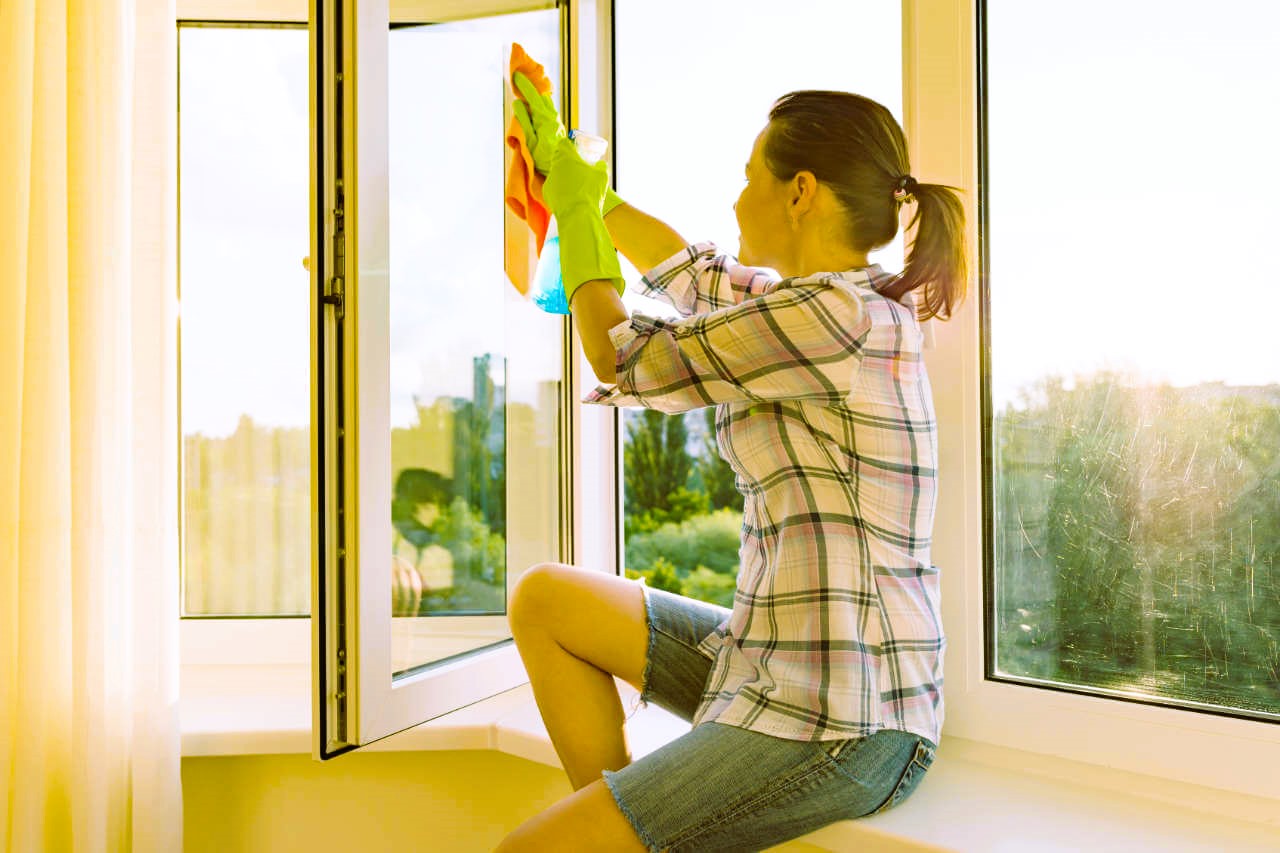Windows are not just functional components of a home; they also contribute to its aesthetic appeal and energy efficiency. Proper window maintenance is essential to ensure they remain in excellent condition and serve their purpose effectively. In this comprehensive guide, we will explore the key aspects of window maintenance, including cleaning, sealing, repairing, and upgrading, to help you extend the lifespan of your windows and enjoy the benefits they offer for years to come.
Importance of Window Maintenance
Windows play a crucial role in your home, offering benefits such as natural light, ventilation, insulation, and views of the outdoors. Regular maintenance helps preserve these advantages and prevents common issues like drafts, leaks, and deterioration. Here’s why window maintenance matters:
- Energy Efficiency: Well-maintained windows are more energy-efficient, helping to reduce heating and cooling costs. Proper sealing and insulation prevent air leakage, which can account for a significant portion of energy loss in a home.
- Curb Appeal: Clean, well-maintained windows enhance your home’s curb appeal and overall aesthetic. They contribute to a positive first impression and increase the resale value of your property.
- Durability: Regular maintenance extends the lifespan of your windows, saving you money on premature replacements. It prevents deterioration, rot, and other common issues that can affect window frames and sashes.
- Comfort: Well-maintained windows provide better insulation, leading to a more comfortable indoor environment. You can enjoy consistent temperatures and reduced drafts, making your living spaces more pleasant.
Window Cleaning
Regular cleaning is the foundation of window maintenance. It helps remove dirt, dust, grime, and contaminants that can accumulate on glass surfaces and hinder clarity. Here’s how to clean your windows effectively:
- Gather Supplies: You’ll need a bucket, mild dish soap, water, a squeegee, a soft cloth or sponge, and a scrubbing brush.
- Remove Dust: Start by using a soft brush or cloth to remove dust and loose dirt from the window surface and frame.
- Prepare Cleaning Solution: Mix a few drops of mild dish soap with warm water in a bucket. Avoid using harsh chemicals or abrasive cleaners that can damage the glass or frame.
- Scrub and Squeegee: Dip the sponge or scrubbing brush into the soapy water, then scrub the window gently. Use the squeegee to remove the soapy water, starting from the top and moving down in a straight line. Wipe the blade of the squeegee with a clean cloth between passes.
- Dry and Polish: Use a clean, dry cloth to remove any remaining moisture and polish the glass for a streak-free finish.
Sealing and Caulking
Proper sealing and caulking are essential to prevent air and water infiltration around your windows. Over time, caulk can deteriorate, allowing drafts and moisture to enter. Here’s how to maintain proper sealing:
- Inspect Caulk: Regularly inspect the caulk around your windows for signs of wear, cracks, or gaps. Pay attention to the areas where the frame meets the wall and where the glass meets the frame.
- Remove Old Caulk: If you notice deteriorating caulk, use a caulk removal tool or a utility knife to carefully remove the old caulk.
- Apply New Caulk: Select a high-quality, weather-resistant caulk suitable for windows. Apply a continuous bead of caulk along the gaps or joints, ensuring a tight seal. Smooth the caulk with a caulk smoothing tool or your finger for a neat finish.
- Check Weatherstripping: Inspect and replace damaged or worn weatherstripping around movable parts of the window, such as sashes and casements. Thinking about buying a home? I recommend that you first read about a modular house.
Repairing Window Issues

Addressing window problems promptly can prevent more significant issues down the road. Common window repairs include fixing leaks, replacing broken glass, and repairing damaged frames. Here’s how to handle some common window repairs:
- Leaky Windows: If you notice water leaks around your windows during rain, identify the source of the leak. It may be due to damaged or missing flashing, improperly sealed joints, or gaps in the frame. Address these issues to prevent water infiltration.
- Broken Glass: In the event of broken glass, safety is paramount. Wear gloves and protective eyewear when dealing with broken glass. Carefully remove the broken glass and replace it with new glass of the same size and type.
- Sticking or Jammed Windows: If your windows are difficult to open or close, they may need adjustment. Check for debris, paint buildup, or misalignment in the tracks and hardware. Lubricate moving parts with silicone-based lubricant for smoother operation.
- Rotted or Damaged Frames: Wooden window frames are susceptible to rot and decay over time. Inspect your frames for signs of damage, and if necessary, replace or repair rotted sections. You may also consider adding protective finishes to wooden frames to prevent future damage.
Upgrading Windows for Efficiency
In some cases, it may be beneficial to upgrade your windows for improved energy efficiency and overall performance. Modern, energy-efficient windows often feature double or triple glazing, low-emissivity (low-E) coatings, and advanced frame materials. These upgrades can provide better insulation, reduce noise, and enhance comfort while lowering energy bills.Link to Wikipedia – Window
When considering window upgrades, consult with a professional window installer or contractor to determine the most suitable options for your home and climate.
Conclusion
Proper window maintenance is essential to protect your investment, enhance energy efficiency, and maintain the aesthetic appeal of your home. Regular cleaning, sealing, and repairs can extend the lifespan of your windows, ensuring they continue to serve their purpose effectively. By following these maintenance guidelines and addressing issues promptly, you can enjoy the many benefits that well-maintained windows provide for your home and quality of life.

